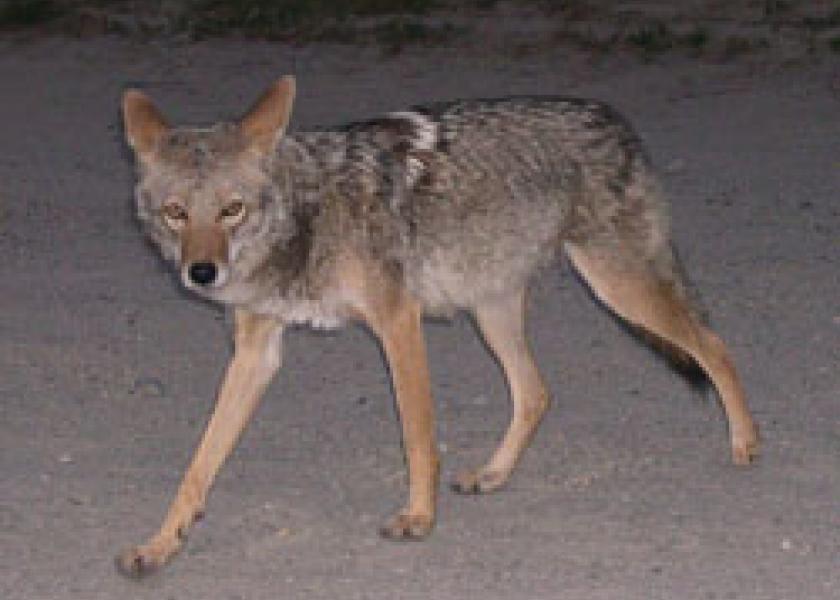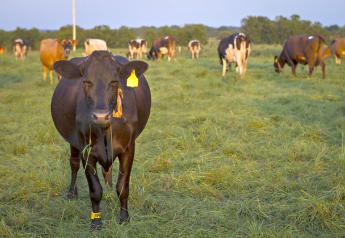EPA Revises Guidelines For Sodium Cyanide Use

The U.S. Environmental Protection Agency (EPA) has announced a “more protective” interim decision on the use of sodium cyanide, the compound used in M-44 devices to control wild predators, as part of a re-registration review process required by the Federal Insecticide, Fungicide and Rodenticide Act. After a review of information and collaboration with the USDA, the decision includes new requirements to ensure continued safe use of the devices, including increased distances for device placement, according to a release from the agency.
The two new restrictions are:
- A 600-foot buffer around residences where M-44s cannot be applied (except for that of a cooperating landowner who has given written permission for placement of the devices on their property).
- Increasing from 100 feet to 300 feet the distance from designated public paths and roads where M-44s cannot be used.
In addition, to further protect public health, the interim decision expands upon Use Restriction 23 by requiring two elevated warning signs that face the two most likely directions of approach. These must be placed within 15 feet of M-44 devices, according to the release. Current guidelines only require one sign, placed 25 feet from the device.
Sodium Cyanide products were first registered in 1947 and are restricted-use pesticides that require users to be trained and certified. According to the release, only the USDA, South Dakota, Texas, Montana, Wyoming and New Mexico hold registrations for the products and only certified applicators are permitted to use M-44 devices. The updated restrictions on the use of the devices, as well as placement and location limitations, along with strict certification requirements for trained applicators of the product, work together to prevent people who aren’t certified M-44 applicators from coming too close to the devices, the EPA says.
“EPA appreciates the commitment from USDA to work with the agency to ensure that there are safe and effective tools for farmers and ranchers to protect livestock,” said EPA Assistant Administrator for the Office of Chemical Safety and Pollution Prevention Alexandra Dunn. “Through our discussions, we identified new restrictions that will raise awareness and create additional buffers around where M-44s are placed, which will reduce the potential for unintended impacts on humans, pets, and other non-target animals.”
Additional information about the regulations can be found here.







